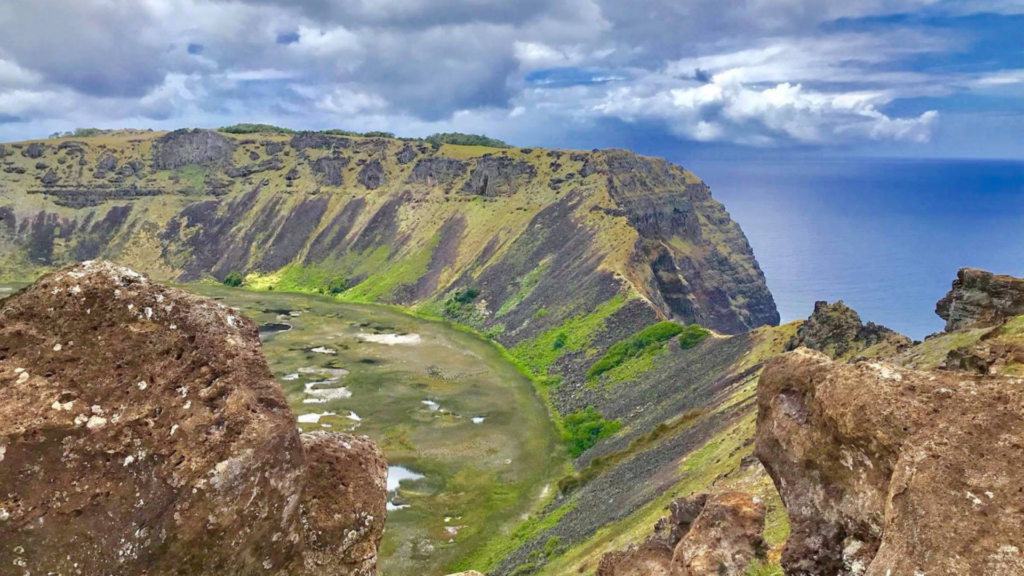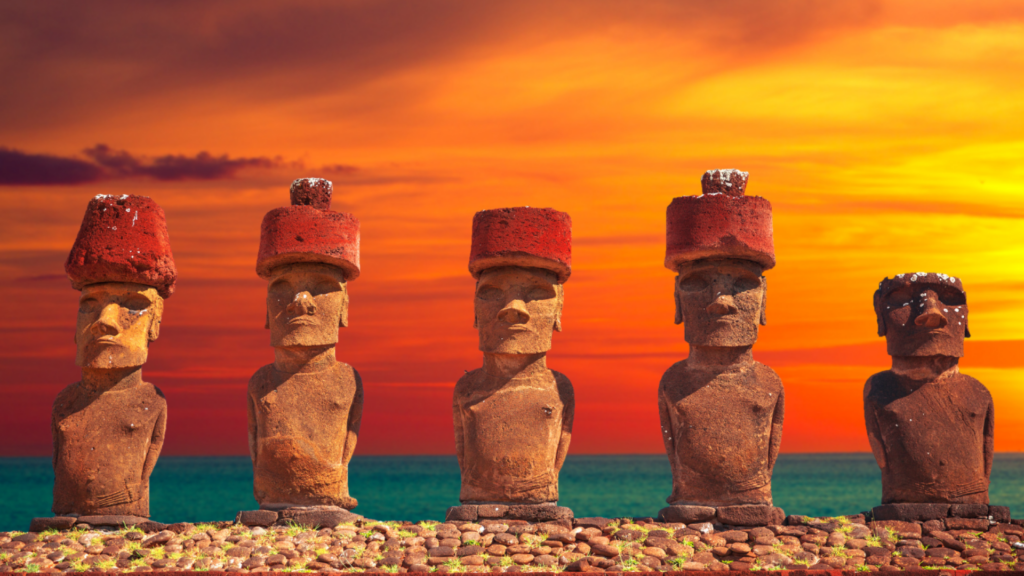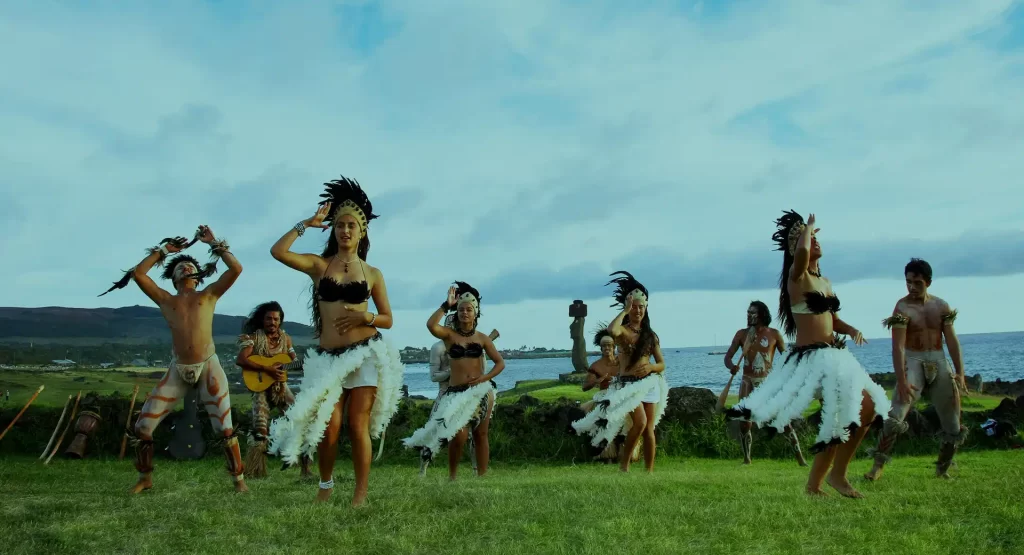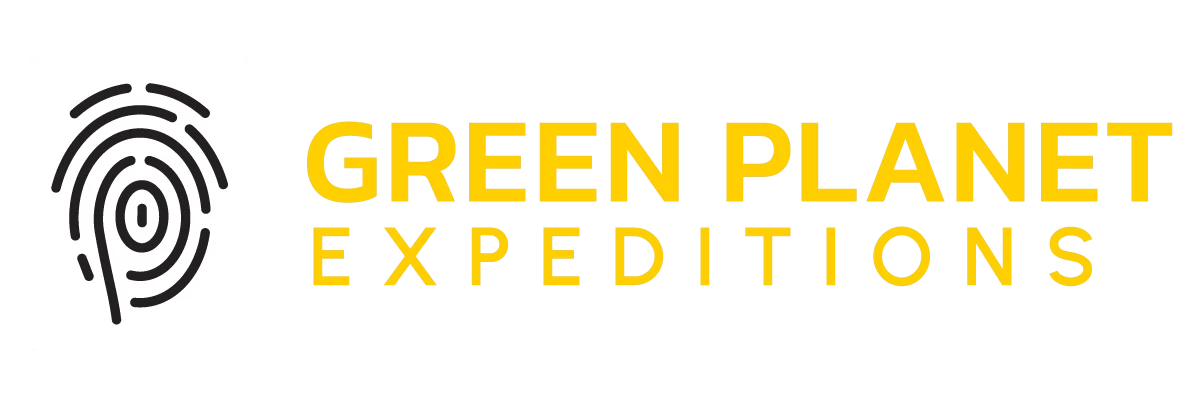Chile is a land of extremes—a sliver of earth stretching over 4,300 kilometers (2,672 miles), from the sunbaked Atacama Desert to the icy fjords of Patagonia. But for the truly adventurous, there’s a destination that feels like the edge of the world: Easter Island. Known locally as Rapa Nui, this tiny volcanic island is the most remote inhabited place on Earth, a place where mystery, culture, and natural beauty collide in the most extraordinary way.
The Journey to Easter Island
Picture this: You board a plane in Santiago, Chile, and soar west into the vast South Pacific. For five hours, there’s nothing but endless blue—until, suddenly, the island emerges. Towering cliffs rise from the sea, and the lush green landscape of Rapa Nui comes into view. It’s a moment that feels almost magical, as if you’ve discovered a hidden world.
Located more than 3,701 kilometers (2,300 miles) off Chile’s coast, Easter Island is a UNESCO World Heritage Site and a place like no other. Famous for its enigmatic moai statues, this Polynesian gem offers far more than its iconic stone guardians.

A Land of Rugged Beauty
Easter Island is a paradise for nature lovers and adventurers alike. Just 14 miles long and 7 miles wide, the island is a tapestry of rolling green hills, volcanic craters, rocky coves, and pristine beaches. Hike or horseback ride to the island’s highest point, Maunga Terevaka, for panoramic views of the South Pacific. Snorkel in crystal-clear waters, surf the island’s waves, or explore its unique flora and fauna.
The Mystery of the Moai
The moai statues are the heart and soul of Easter Island. Over 1,000 of these monumental figures stand as silent witnesses to a complex, ancient society. Carved from volcanic rock and placed on ceremonial platforms called ahu, the moai are a testament to the ingenuity and artistry of the Rapa Nui people.
Walking among these giants is like stepping into an open-air museum. Each statue tells a story, inviting you to ponder the mysteries of their creation and purpose. Who carved them? How were they transported across the island? And what led to the decline of the civilization that built them?

A Living Culture
While the moai are a link to the past, the culture of Rapa Nui is very much alive. The island’s inhabitants keep their traditions alive through music, dance, and language. Food is also a central part of the culture. Don’t miss the chance to try curanto, a traditional meal cooked in an earth oven, or camote, a sweet potato-like root that pairs perfectly with fresh fish.
If you visit in February, you’ll experience the Tapati Rapa Nui Festival, a vibrant celebration of Rapa Nui heritage. This two-week event features traditional competitions, music, dance, and the thrilling Haka Pei, where competitors sled down a steep hill on banana trunks. It’s a once-in-a-lifetime experience that brings the island’s culture to life.

Why Easter Island?
Easter Island is more than a destination—it’s an adventure for the soul. It’s a place where you can disconnect from the modern world and connect with nature, history, and a culture that has thrived against all odds.
Your Adventure Awaits
Easter Island is no ordinary destination. It’s a journey to the edge of the world, a place where adventure and mystery await at every turn. Whether you’re marveling at the moai, hiking volcanic craters, or immersing yourself in the Tapati Festival, this is a trip that will stay with you forever.
Not ready to go that far just for Easter Island? Check out our Best of Chile itinerary to see how we can link up the Atacama Desert, Santiago, and Torres del Paine with this enigmatic isle.
The world is calling—where will you go next?
Your GPE Team

